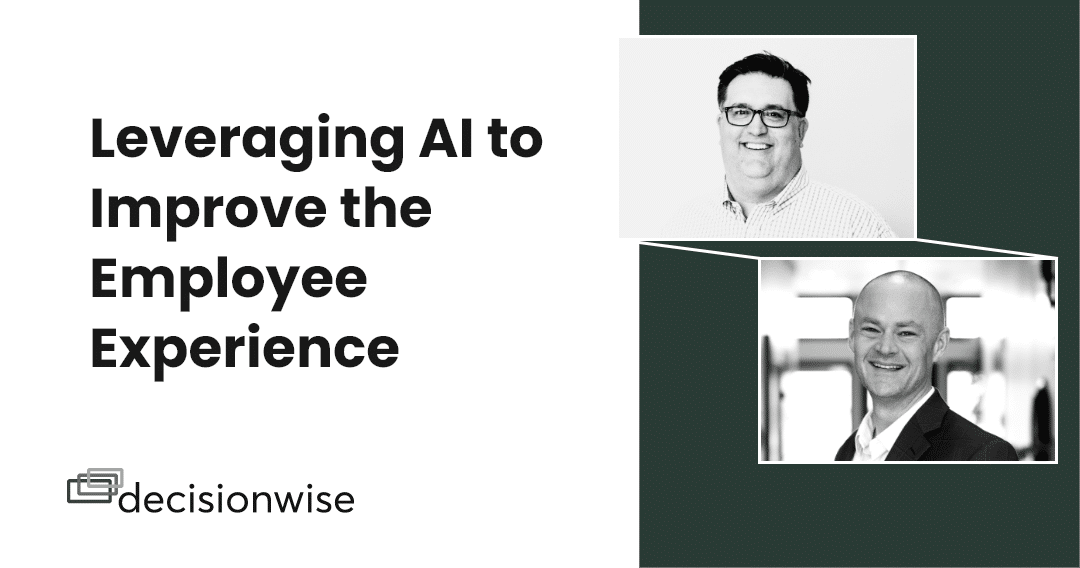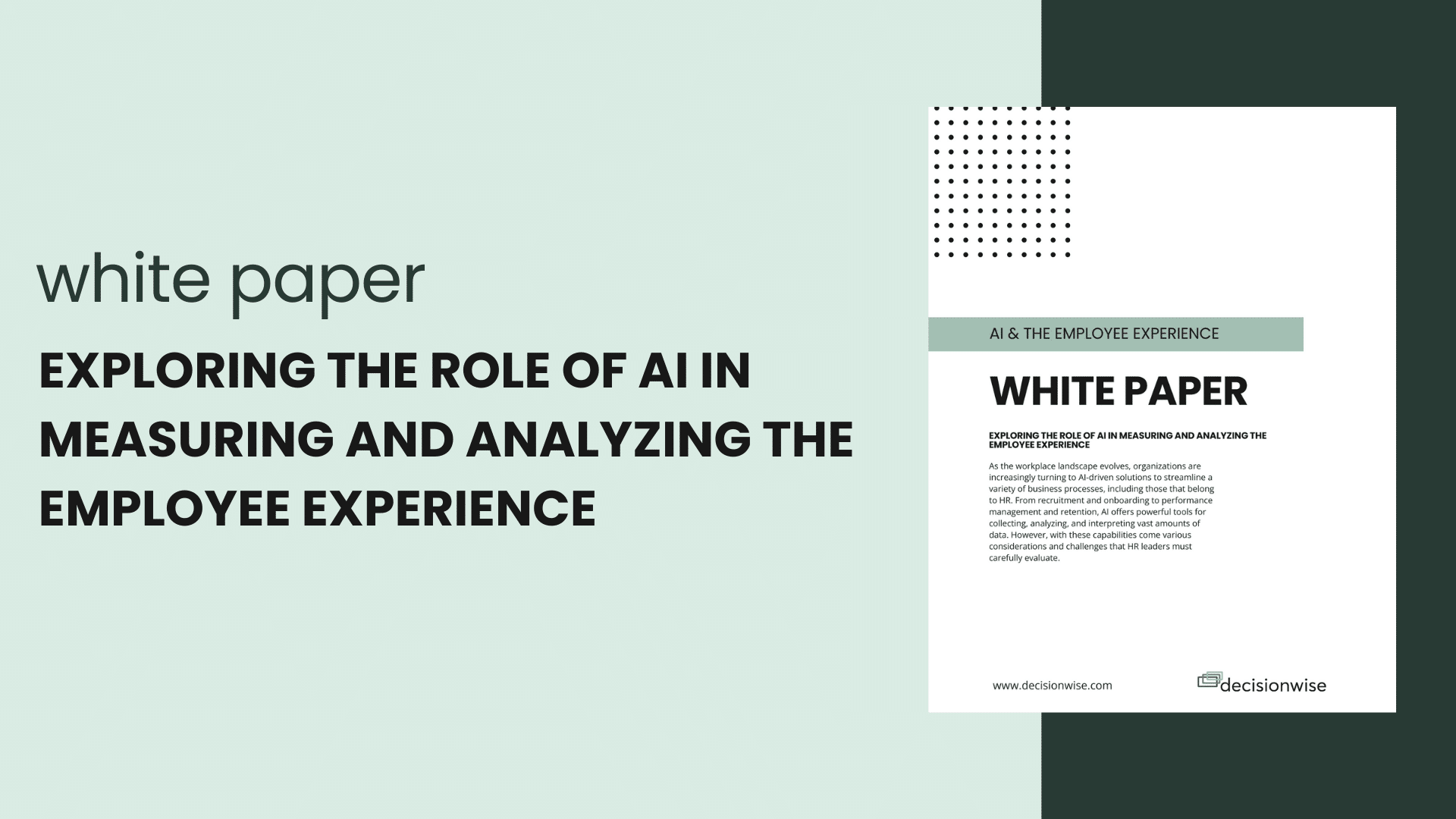In today’s rapidly evolving business landscape, artificial intelligence (AI) is no longer a distant concept—it’s already reshaping the way organizations operate. For human resources (HR) professionals, understanding the basics of AI is crucial to staying competitive and effectively managing talent. In this article, we’ll explore the essentials that every HR professional needs to know about AI.
What is AI in HR?
Artificial intelligence (AI) refers to specialized hardware and software that can perform tasks typically requiring human intelligence and analysis. AI simulates human thought as it can summarize information from various sources, it can suggest best practices, it can sort through massive amounts of data, and it can handle a host of other use cases where analysis is needed. For example, of the 50+ resumes you received for your latest job posting, you can use AI to help you find the top candidates that best fit the job description and your hiring criteria.
By analyzing data, recognizing patterns, and making predictions at scale, AI enhances human productivity. Here are some key terms related to AI:
Machine Learning (ML):
A subfield of AI focused on how software applications learn from data. ML models generate progressively stronger predictions through repetition and training. These models are built through a training process where images or words are fed into a software application and the model begins to “learn” how things are matched. For example, photos of a cat will be loaded, among other images, and the model is trained to differentiate cat photos from photos of birds, dogs, or horses. Because software can quickly perform this process over and over, the model begins to learn what features (such as the shape of their ears) make up a cat. This is why large language models (LLMs) can reproduce images and appear to draft articles on their own.
Classical AI:
This style of AI uses traditional algorithms (written instructions like a food recipe) that tell a software application what to do next with information that it is receiving and processing. A common example of classical AI is the software that Netflix uses to recommend other movies and programs that match your viewing preferences.
Generative AI:
These are the AI models that are getting the most attention in the press right now. GenAI are algorithms that create new data or content (e.g., images, music, text) by learning from existing datasets. These are applications such as Gemini and ChatGPT. Because their underlying models are so vast, they can essentially use probabilities to know what things should be grouped together.
Using our example from above, if you ask GenAI to reproduce a picture of a cat, it will have analyzed so much information that it knows what features and elements most likely fit together that it can generate an accurate image of a common housecat.
Natural Language Processing (NLP):
This is technology that helps machines understand and generate human language, enabling speech recognition and sentiment analysis. Essentially, these models have been fed lots and lots of words instead of cat images, but the concepts and processes are mostly the same.
Hallucination:
AI hallucination occurs when a generative AI model generates inaccurate information but presents it as if it were true. These hallucinations are caused by limitations and biases in the training data and algorithms. Essentially, the AI produces content that is not just wrong but potentially harmful. It’s akin to seeing figures in clouds or faces on the moon—outputs that don’t align with reality. Factors contributing to AI hallucinations include overfitting, training data bias, and model complexity. These misinterpretations can have significant consequences, from misdiagnosing medical conditions to spreading misinformation.
How is AI used in HR?
Why does this matter to you? Consider this recent quote:
“AI won’t take your job,” Baldwin said during a panel at the 2023 World Economic Forum’s Growth Summit. “It’s somebody using AI that will take your job.”
– Richard Baldwin, an economist and professor at the Geneva Graduate Institute in Switzerland
HR professionals can leverage AI across various functions:
Recruitment and Screening:
- AI streamlines candidate screening by analyzing resumes and identifying relevant skills.
- Generative AI can assist in creating job requisitions.
Employee Onboarding:
- AI automates repetitive tasks, such as verifying employment documentation.
- It delivers company policies and procedures efficiently.
Learning and Development (L&D):
- Personalized L&D programs powered by AI enhance employee skills.
- NLP tools enable real-time responses to employee queries.
Reducing Bias:
- AI helps minimize human bias in candidate assessment and decision-making.
Employee Engagement:
- AI-driven insights improve engagement by identifying areas for improvement.
Benefits of AI software
- Efficiency: AI streamlines processes, reducing manual effort and time spent on repetitive tasks.
- Data-Driven Decisions: AI provides data-backed insights for strategic workforce planning.
- Improved Candidate Matching: AI identifies the right candidates faster.
- Enhanced Employee Experience: Personalized recommendations and real-time support.
- Cost Savings: Reduced administrative overhead and improved resource allocation.
Ethical and legal considerations
HR professionals must be mindful of the possible ethical and legal implications:
- Accuracy: Ensure AI models are accurate and reliable.
- Privacy and Transparency: Safeguard employee data and comply with privacy regulations. Be transparent with employees and tell them how and when their information will be used. Publish this information in open policies, and consider establishing AI committees to ensure responsible use of AI inside your organization.
- Bias: Monitor and address biases in AI algorithms. Consider the case of an AI tool that was great at identifying skin cancer. The problem is that it worked very well with white people, but not with people of color. This is because the underlying model had been trained using a disproportionate number of images of white people.
- Compliance: Understand legal frameworks related to AI, including data protection laws (e.g., GDPR) and the EU Artificial Intelligence Act.
- Fairness: Ensure AI systems treat all employees fairly and avoid discriminatory outcomes.
- Other Legal Issues:
- Intellectual property protection – beware of putting protected IP into AI models that are open, as you may inadvertently cause the information to become public and thus no longer capable of being protected.
- Avoid the loss of sensitive data and data breaches by monitoring what information is loaded into AI models.
- Provenance issues – how should you preserve records and designate information that should never change or where original sourcing matters?
Skills for HR professionals
To succeed in the AI era, HR professionals should develop the following skills:
- Technical Understanding: Grasp the basics of AI tools and their applications.
- Data Literacy: Understand and interpret data for informed decision-making.
- Ethical Awareness: Comprehend the legal and ethical implications of AI.
- Change Management: Adapt to AI-driven changes within the organization.
- Human-Centered Design Thinking: Prioritize user experience and employee well-being.
Conclusion
AI is transforming HR, and staying informed is essential. As an HR professional, embrace AI’s potential, cultivate relevant skills, and use it to empower your workforce. Remember, AI isn’t just the future—it’s already here, shaping the workplace of today and tomorrow.




